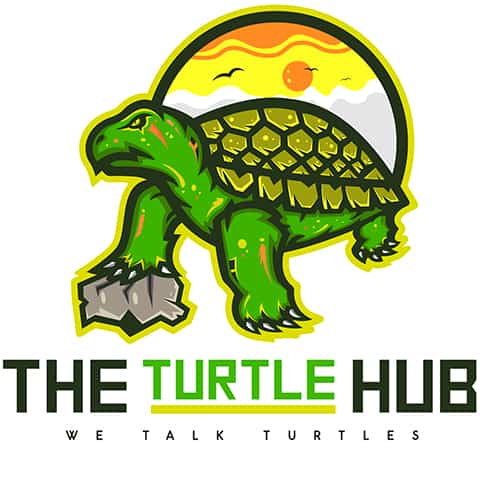Podocnemis vogli (Savanna Side-necked Turtle)
Home > Turtle Database > Podocnemis vogli (Savanna Side-necked Turtle)

Podocnemis vogli, also known as the Savanna Side-necked Turtle, is a freshwater turtle native to South America. It’s one of the lesser-known species of the Podocnemis genus and is typically found in savanna-type ecosystems with slow-moving waters.
Native To These Regions
Apure (Venezuela), Barinas (Venezuela), Bolívar (Venezuela), Guárico (Venezuela), Meta (Colombia), Vichada (Colombia)Native Turtle Species Map – Find Turtles by Region
Scientific Classification
- Kingdom: Animalia
- Phylum: Chordata
- Class: Reptilia
- Order: Testudines
- Family: Podocnemididae
- Genus: Podocnemis
- Species: Podocnemis vogli
Common Names
Savanna Side-necked Turtle
Vogl’s Side-necked Turtle
This Hilarious Turtle Book Might Know Your Pet Better Than You Do
Let’s be real—most turtle care guides feel like reading a textbook written by a sleep-deprived zookeeper.
This one’s not that.
Told from the snarky point of view of a grumpy, judgmental turtle, 21 Turtle Truths You’ll Never Read in a Care Guide is packed with sarcasm, sass, and surprisingly useful insights.
And hey—you don’t have to commit to the whole thing just yet.
Grab 2 free truths from the ebook and get a taste of what your turtle really thinks about your setup, your food choices, and that weird plastic palm tree.
It’s funny, it’s honest, and if you’ve ever owned a turtle who glares at you like you’re the problem—you’ll feel seen.
Identification
Description
This turtle has an oval-shaped, slightly domed carapace that ranges from brown to olive. The plastron is pale yellow with darker seams. Its neck folds sideways under the shell, typical of side-necked turtles. The head is relatively small with dark eyes and pale markings on the face.
Sexual Dimorphism
Females are usually larger than males. Males have longer, thicker tails and a more concave plastron, which helps them during mating.
Check more turtles from the Podocnemis genus
Native Origin and Distribution
Geographical Range
Podocnemis vogli is found in Colombia and Venezuela, particularly in the Orinoco River basin and surrounding floodplain areas.
Preferred Habitat
It prefers slow-moving rivers, oxbow lakes, and floodplains in savanna or semi-arid regions. These turtles thrive in warm, shallow waters with muddy or sandy bottoms and plenty of aquatic vegetation.
Behavior
Feeding Habits
They are omnivorous, eating aquatic plants, fruits, insects, crustaceans, and small fish. Juveniles tend to eat more protein, while adults lean more toward a plant-based diet.
Predators
Natural predators include large birds, caimans, and mammals like raccoons. Eggs and hatchlings are especially vulnerable to predation.
Reproduction
Breeding Season
Breeding usually occurs during the dry season, followed by nesting as water levels begin to rise.
Reproductive Method
Females lay eggs in nests dug on sandy banks. A clutch typically contains 10–30 eggs. The incubation period depends on temperature and can last a few months.
Conservation
Extinction Status
Currently listed as Near Threatened by the IUCN.
Threats
Main threats include habitat loss from agriculture and development, pollution, and egg collection by humans.
Conservation Measures
Some local protections are in place, and a few reserves include parts of their habitat. Community education and enforcement of egg-harvesting bans are key measures being used.
Economic Importance
While not widely traded, locals may collect eggs or capture turtles for food. In some regions, it is used in traditional practices or sold in local markets.
Interesting Facts
The species is named after Father Cornelius Vogl, a missionary who helped early researchers.
They can stay underwater for long periods, especially during the dry season when they bury in the mud to survive low water levels.
Their sideways-folding neck is a unique adaptation shared by all turtles in the Podocnemididae family.

About Author
Muntaseer Rahman started keeping pet turtles back in 2013. He also owns the largest Turtle & Tortoise Facebook community in Bangladesh. These days he is mostly active on Facebook.














